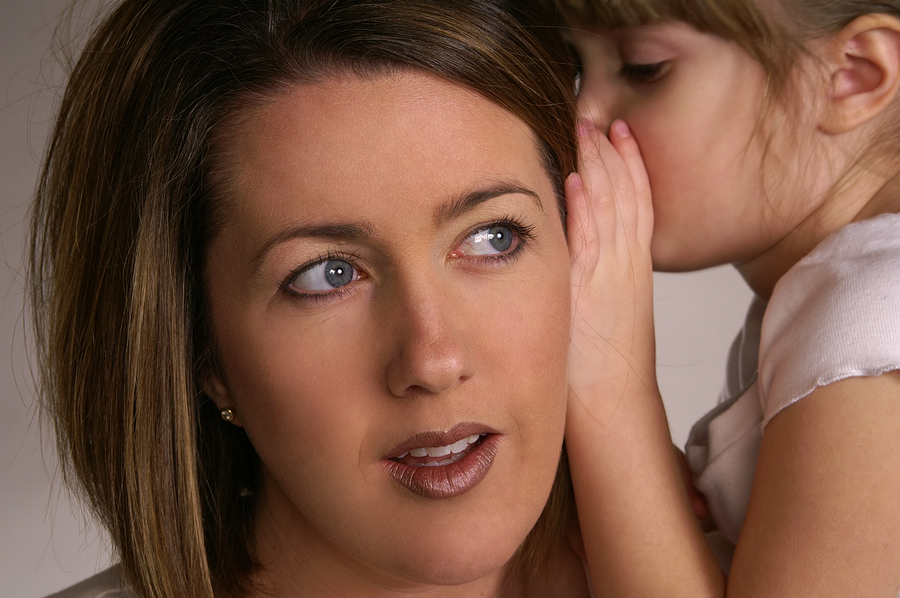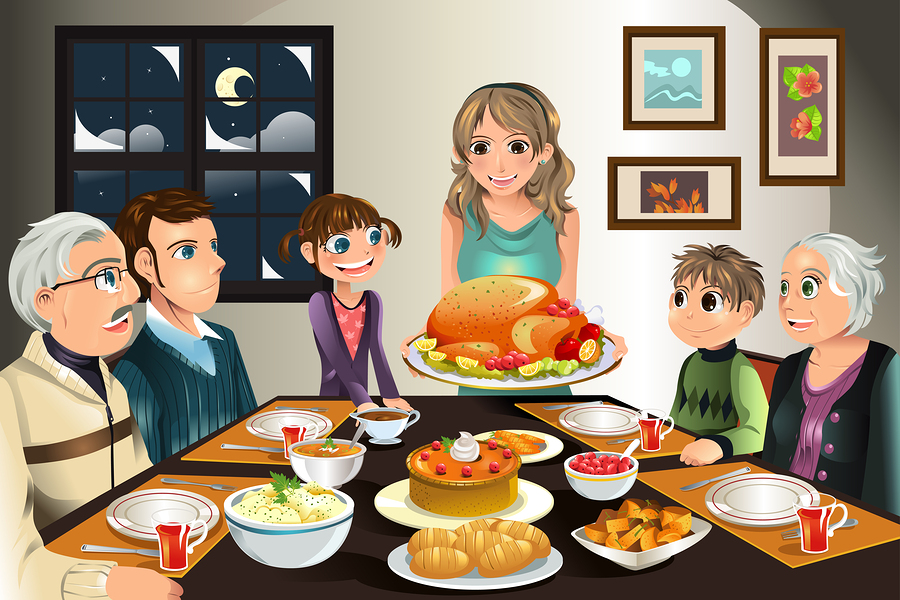 There is an old medical proverb that goes:
There is an old medical proverb that goes:
“When you hear hoof beats in the hallway, think horses, not zebras.” This means, of course, that we should use common sense and look for the expected cause first, rather than the exotic. This proverb is valuable to keep in mind when a child develops a problem such as bad behavior in the classroom or at home.
All too often these days, a child is diagnosed with a “mental disorder” when the actual problem is far less exotic. Like most of us, children are sensitive to their social environments. When a child feels stressed by a transition in his family, an insensitive teacher or a tiff with a good friend, a child can develop a problem. The best way to solve the problem is not to label the child with a “mental disorder” and move toward medication or individual child therapy. A better approach is to make targeted changes in the social environment that remove the stress on the child.
Children are surprisingly attuned to their parents.
If a child has a sudden personality change at school, it’s best for parents to use common sense and think about whether some change in the family may be affecting the child.
For example, four-year-old Susie was very well-behaved at preschool.
One day, seemingly out of the blue, Susie started to hit other children and disobey her teacher’s directions. After a week of Susie’s misbehavior, her teacher sent a note home requesting a meeting. Susie’s mother met with the teacher, and neither of them could figure out what was wrong. Each of them had asked Susie why she was hitting and not listening, but she only looked sad and said she didn’t know. The teacher thought that Susie might have ADHD and suggested a visit to the pediatrician. Susie’s mother, however, decided to go to a family therapist instead, because she did not want to put her daughter on medication.
It turned out that Susie did not have ADHD at all.
When the therapist asked the parents what else was going on in the family when Susie started to act out, they realized that it was the day after Susie’s father had gotten injured when he fell off a ladder. Seeing her father come back from the emergency room with a bandage on his head was frightening to Susie. She became upset because she was worried about her father’s injury. When Susie’s father reassured her that he was feeling fine and that his doctor said he would soon be back to normal, Susie changed back into her usual self.
ADHD is the usual suspect when a child starts to misbehave in the classroom. However, sometimes it’s better to use common sense and look for other factors that might be stressful to a child in the child’s social environment.
When a child is moody, angry, or unusually irritable much of the time, parents grow concerned that their child might have bipolar disorder, a serious diagnosis that used to be called manic depressive psychosis. Usually, however, the answer to the child’s moodiness can be found closer to home. Children tend to mirror their parents’ relationship. If parents are going through a stressful life transition—marital problems, in-law arguments, or financial woes—their child may well be picking up on the strain in the parents’ relationship. A teaspoon of counseling for the parents, rather than psychiatric medication for the child, is usually effective in resolving the problem.
Often, parents say to me, “Even if we solve our marriage problems, how can my child get better?” I tell them that children are more resilient than adults. Modern neuroscientists tell us that when stress in a child’s environment is removed, the child’s brain actually rewires itself, and the child starts to feel and behave better.
Once parents start to see the underlying cause of their child’s problem not as a biological defect in the child but as stress in the child’s social environment, they are on the right track to finding an effective solution.





